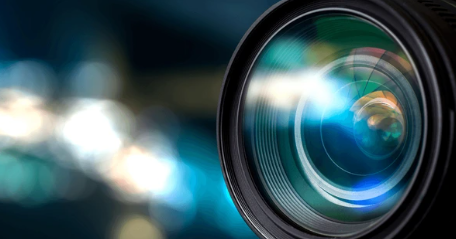Photoshop Tutorial: Sharpen a Photo selectively with High Pass
Sharpening is a crucial step in image editing, improving the clarity, detail, and overall appearance of your photos. However, over-sharpening can lead to unnatural-looking images with visible artifacts. The High Pass filter in Photoshop is a powerful tool for sharpening selectively, allowing you to enhance the edges of your image without affecting the overall texture or tonality.
Sharpening Selectively with High Pass
- Open the Image: Launch Photoshop and open the image you want to sharpen.
- Create a New Layer: Create a new layer for the sharpening effect to maintain flexibility and control. This allows you to adjust or remove the sharpening later without affecting the original image.
- Select High Pass Filter: Click on the Filter menu in the top menu bar and select “Other” and then “High Pass.”
- Set High Pass Amount: In the High Pass dialog box, adjust the “Radius” slider to control the amount of sharpening. A higher radius will sharpen more aggressively, while a lower radius will provide a subtler effect.
- Sample Edges: Hold down the Alt (Windows) or Option (Mac) key while clicking on an area of the image that contains well-defined edges. This will set the High Pass filter to sample the edges of the image.
- Paint with High Pass Layer: Paint over the areas of the image that you want to sharpen, using a soft-edged brush with a low opacity. The brush will apply the sharpening effect selectively, affecting only the edges and preserving the overall texture and tonality of the image.
- Refine Sharpening: Adjust the opacity and brush size as needed to achieve the desired level of sharpness.
- Blending Modes: Experiment with different blending modes, such as “Overlay” or “Soft Light,” to control the intensity and blending of the sharpening effect.
Tips for Selective Sharpening
- Use Soft Brushes: Employ soft-edged brushes with low opacity to avoid oversharpening and preserve the natural look of the image.
- Vary Brush Sizes: Use different brush sizes to control the precision of the sharpening. Smaller brushes are suitable for intricate details, while larger brushes are better for broader areas.
- Gradual Approach: Make subtle adjustments gradually, building up the effect progressively. This will prevent overdoing it and creating unnatural-looking results.
- Multiple Layers: Create multiple High Pass layers for different areas of the image, allowing you to selectively sharpen specific elements.
Conclusion
By mastering the technique of selective sharpening with the High Pass filter, you can achieve natural-looking sharpening in your images, enhancing the details and clarity without sacrificing the overall texture and tonality. This is particularly useful for portrait photography, where selective sharpening can bring out the sharpness of eyes, skin, and other facial features while preserving the soft and natural look of the skin.


